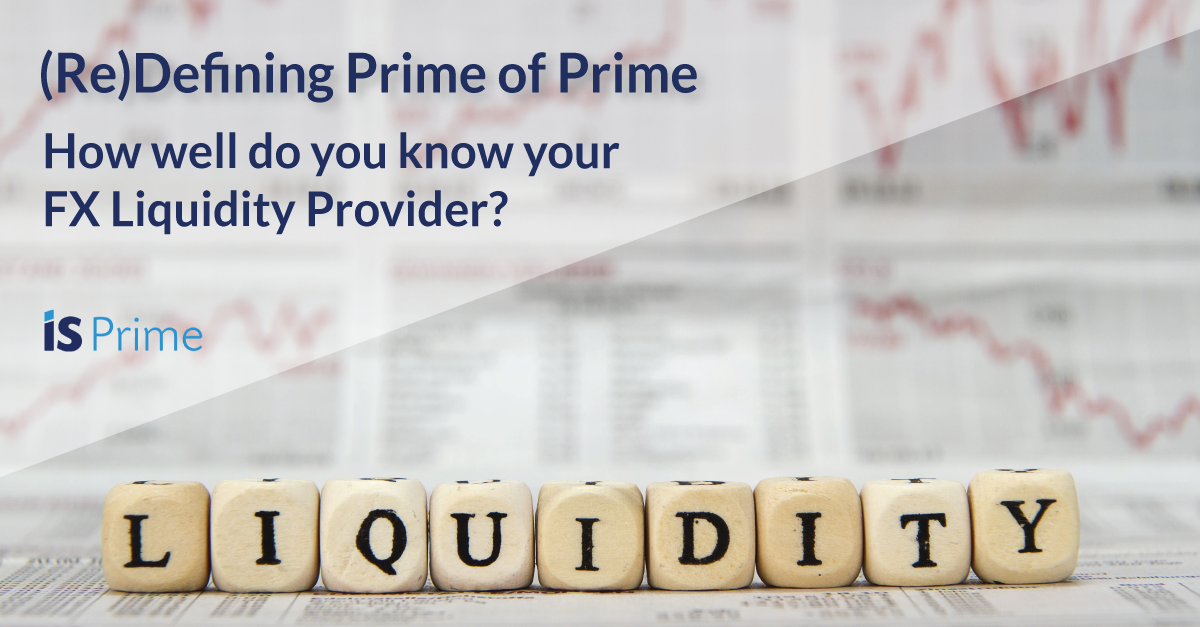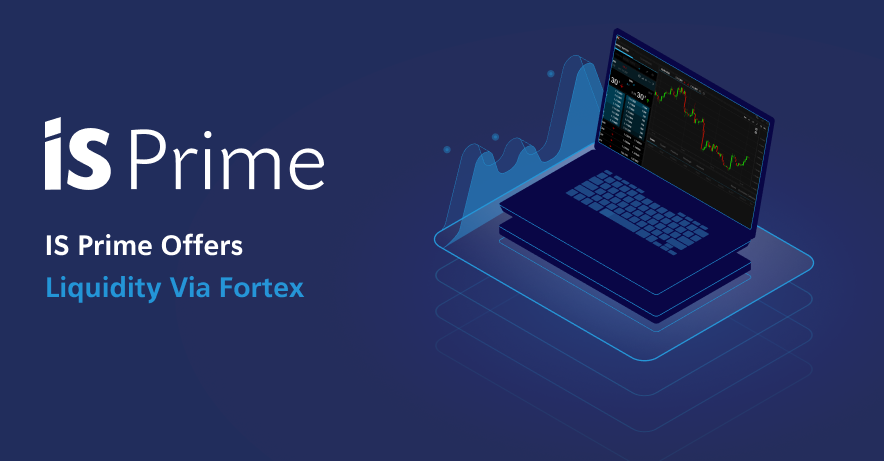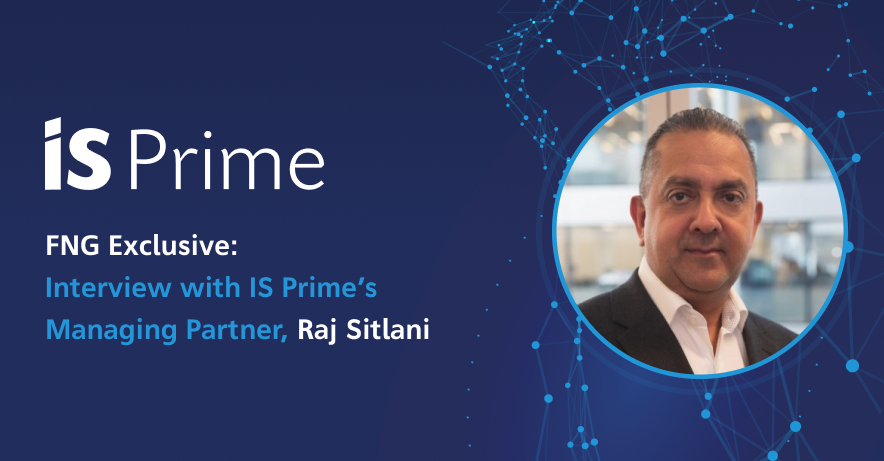(Re)Defining Prime of Prime – How well do you know your FX Liquidity Provider?

Liquidity is one of, if not the most important parts of a broker’s business and is one of its key differentiators - without the right pricing in the right products delivered in the right way it is extremely difficult for brokers to survive in this increasingly competitive environment. As a result, the proper assessment and selection of an FX Liquidity Provider is something that brokers should undertake very carefully.
On the face of it, the easiest way to do this is to break down your costs, both explicit and implicit, whether spread, swaps, commissions, connectivity or other ancillary fees. However, analysis in this way makes the gross assumption that liquidity is commoditised i.e. that the only differentiating factor between one Liquidity Provider and another is cost.

This could not be more wrong.
Given that your Liquidity Provider, when trading on a margin basis, is the counterparty on each and every one of your trades, we believe that most important factor is to look at conflicts of interest – are your interests aligned with those of your Liquidity Provider?
What is a Liquidity Provider?
Before looking at this in more detail, we should look at the different types of FX Liquidity Providers in the market – broadly speaking there are three:
 Prime of Prime – a firm with a “Tier 1” (Bank) Prime Broker providing an aggregated liquidity pool sourced from the primary FX market.
Prime of Prime – a firm with a “Tier 1” (Bank) Prime Broker providing an aggregated liquidity pool sourced from the primary FX market.- “True” Prime of Prime – a firm with a “Tier 1” (Bank) Prime Broker that is offering a credit intermediation service whereby they are providing access to a pool of LPs and their client can select which LPs to aggregate.
- Retail Brokers - Retail brokers that have, as they have grown, taken on institutional business but ultimately still either B-book client’s flow, or use a Prime of Prime broker to access the FX market.
The most important difference between these FX Liquidity Providers is their license and whether they are able to take risk against you. This is the true measure of whether your interests are aligned – irrespective of what type of counterparty you are engaging with. If they are running risk against you then it is in their interest for you, and for your clients, to lose money,
Whilst spread should be a factor, it can also be a red-flag – the question must be asked as to how a broker is paying its bills if their offer looks too good to be true – how, you might ask, can a broker showing choice spreads possibly make money if they are also able to charge you $4/m, or even have this as an all-in cost, given that they have significant costs in the form of PB fees (in the region of $2/m), technology fees , staff, infrastructure, utilities etc. If the margins are this thin, you must ask yourself where they are making their money – the likely answer being that they are running risk on your flow.
Prime of Prime Brokers and Stopouts
One important thing I would like to address whilst on the topic of FX Liquidity Providers is the total fallacy that institutional brokers (and by that I mean Prime of Primes) widen prices to cause stopouts – whilst this may be something that historically happened in the retail broker world (and very well may still do), it just isn’t possible in the institutional space. This is in part due to sell stops being triggered off the bid, and buy stops being triggered from the offer rather than, in the MT4 world, being triggered from a single price. That is to say that in non-MT4 systems the widening of a price does not cause a stopout.
Another key point is that even if widening prices did cause stopouts, these are seen on an individual retail client basis within the broker’s MT4 and rarely on the Prime of Prime broker’s Omnibus account (that of their broker client) so all that this would achieve is a small increase in flow as the auto-stopouts send their orders to market. I think we will all agree that the subsequent complaints are not worth it for a couple of million of orders and the corresponding miniscule amounts of commission paid. It is, in fact, a better sign that your broker really is STP if their prices go wide over the close, as this shows a true reflection of the institutional market.
In summary, it is essential for retail brokers to understand the business models of their liquidity providers. Without this knowledge, they are putting themselves in a position of unnecessary risk. To help with this, IS Prime has recently published an evaluation checklist that can be downloaded here.





